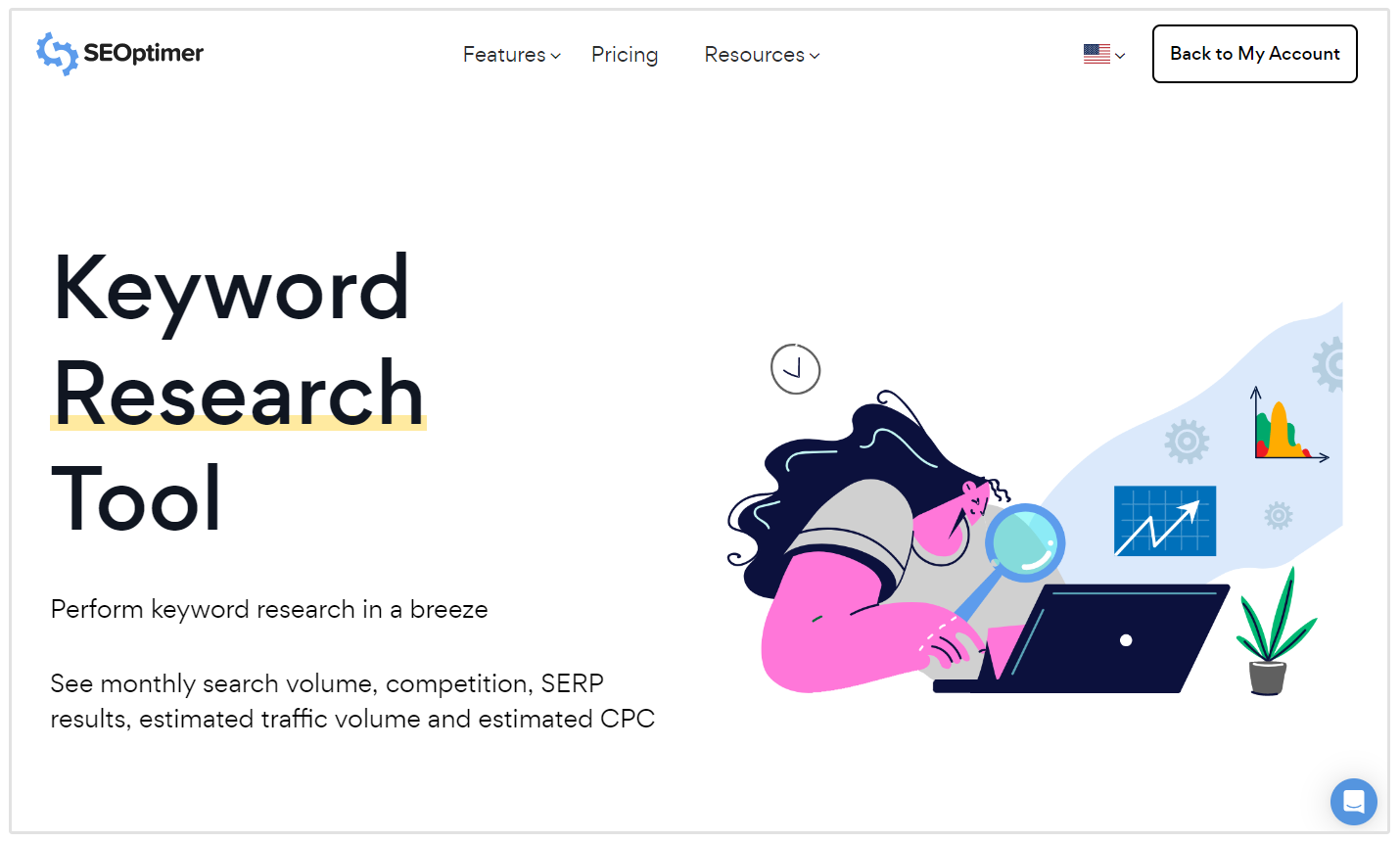The Role of Secondary Dimensions in Google Analytics: Meaning and Insights for Advanced Data Analysis
Wiki Article
Introducing the Impact of Secondary Measurement in Google Analytics on Information Analysis and Insights
In the realm of data analytics, the utilization of second measurements within Google Analytics has emerged as a crucial tool for extracting much deeper understandings and unraveling complicated patterns that could or else continue to be covered. By peeling back the layers of main information sets, secondary dimensions supply a nuanced viewpoint that enriches the understanding of individual behavior, website performance, and the effectiveness of advertising and marketing techniques.Exploring the Idea of Additional Dimensions
Secondary measurements in Google Analytics provide added insights by enabling customers to assess key data in combination with a secondary attribute. By including secondary dimensions, customers can dig much deeper into the information and reveal important relationships that could otherwise go unnoticed - what is a secondary dimension in google analytics.Comprehending the principle of additional dimensions is critical for making the most of the capacity of Google Analytics. It enables individuals to sector information successfully, determine patterns, and make educated choices based on an extra complete photo of their analytics information. By discovering the numerous secondary measurements readily available in Google Analytics, users can unlock brand-new understandings and maximize their digital advertising efforts. Essentially, secondary measurements work as an effective tool for improving data evaluation and driving workable results.
Enhancing Data Analysis With Additional Dimensions
Having actually established the foundational understanding of secondary measurements in Google Analytics and their critical function in information analysis, the focus currently changes towards leveraging these second credit to boost the interpretation of analytics data (what is a secondary dimension in google analytics). By including second dimensions into data analysis, experts can gain much deeper understandings into customer behavior, site efficiency, and advertising performance

Furthermore, additional measurements assist in contextualizing main information metrics by giving added layers of information. This contextualization aids in comprehending the 'why' behind the information trends, helping analysts make educated decisions and optimizations to boost total efficiency. Eventually, incorporating second dimensions enhances the data interpretation procedure, resulting in more calculated actions and purposeful insights.
Revealing Hidden Insights Through Secondary Measurements
Exploring the midsts of analytics information with additional dimensions discloses useful insights that would or else stay covered. By including additional dimensions in Google Analytics, companies can unearth surprise patterns, trends, and relationships that give an even more thorough understanding of customer actions and site efficiency. These additional layers of data allow analysts to delve much deeper right into the primary measurements, such as traffic sources or touchdown web pages, and gain a much more nuanced point of view on exactly how different variables communicate with each various other.With the use of secondary measurements, analysts can sector and contrast data across different measurements, enabling them to identify details factors that affect user engagement, conversion prices, and total success metrics. By matching the key dimension of 'tool group' with the additional dimension of 'age team,' marketing experts can pinpoint which age demographics favor accessing the site with mobile gadgets versus desktop computers.
Leveraging Additional Dimensions for Actionable Analytics
Structure upon the understandings unveiled through additional measurements in Google Analytics, companies can now harness this enriched data landscape to drive actionable analytics and critical decision-making. By leveraging second measurements, organizations can delve much deeper into their information to draw out important patterns, patterns, and relationships that might have previously gone unnoticed. This much deeper level of evaluation allows companies to gain a more thorough understanding of user habits, project efficiency, and general site performance.One trick benefit of utilizing secondary dimensions for actionable analytics is the capability to segment information based upon details criteria. This segmentation allows Discover More Here services to tailor their approaches and campaigns to various target market groups, bring about a read this post here lot more targeted and efficient marketing efforts - what is a secondary dimension in google analytics. Additionally, secondary measurements supply an even more all natural view of user communications, enabling businesses to optimize their internet site content, layout, and general customer experience
Making Best Use Of Decision-Making With Additional Measurements
To enhance strategic decision-making in analytics, leveraging secondary dimensions in Google Analytics can offer an extra nuanced point of view on customer actions and project performance. By integrating secondary measurements into information analysis, companies can delve much deeper into the specifics of their internet site visitors' interactions and engagement patterns. This extra layer of information permits for a much more thorough understanding of just how various variables, such as demographics, devices, or traffic sources, influence essential efficiency indicators.
Final Thought
Finally, the usage of second measurements in Google Analytics plays an essential duty in boosting data analysis and uncovering covert understandings. By discovering this concept, one can gain a much deeper understanding of user behavior and make notified choices based on actionable analytics. Leveraging additional dimensions permits a more comprehensive interpretation of data and makes the most of the performance of decision-making procedures.
Report this wiki page